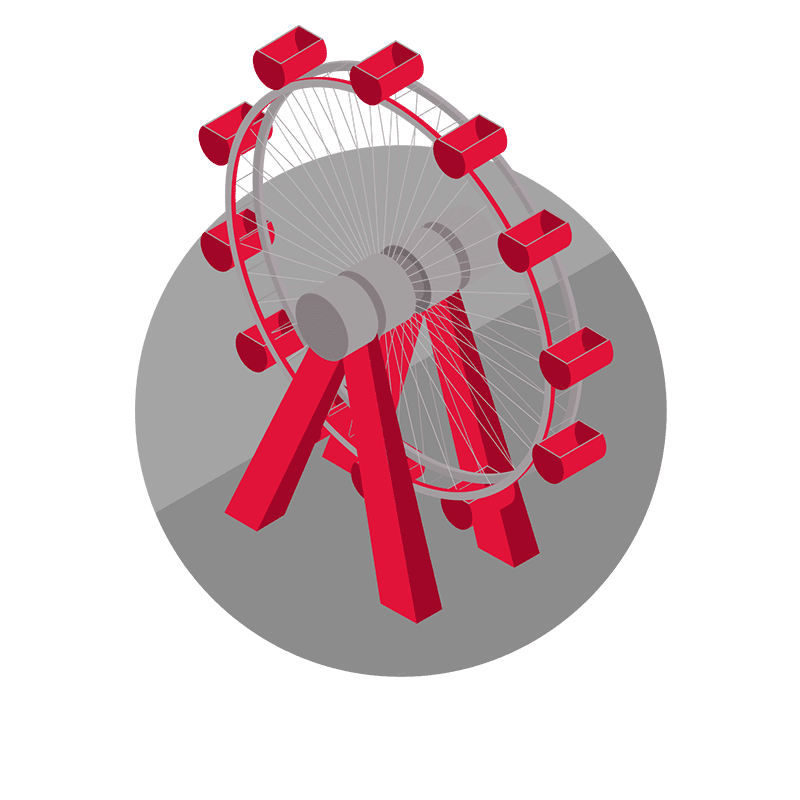
Discover Budapest’s metro system and its hidden gems below the surface
Budapest, the capital of Hungary, boasts a rich history and a vibrant cultural scene. While many visitors explore the city’s iconic landmarks and historic sites, there’s a fascinating world beneath the surface waiting to be discovered. In this article, we will delve into the hidden gems of Budapest’s underground metro system, specifically focusing on Line M1, Line M3 and Line M4, and highlight some stunning metro stops that are worth a visit.

Photo – wikipedia
Line M1: A Journey Through Time
Officially known as the Millennium Underground Railway, Metro 1, or M1, Line 1 holds the distinction of being the oldest line of the Budapest Metro. Constructed between 1894 and 1896, it predates other European mainland metros, making it the third oldest in the world after London and Liverpool. Affectionately referred to as “the small underground,” Line M1 runs northeast from the city center on the Pest side under Andrássy út to the Városliget, or City Park.

Photo – körkép.sk
This historic line, inaugurated on May 2, 1896, played a crucial role in the city’s transportation system. The original purpose was to provide a convenient transport link to the Városliget along the elegant Andrássy Avenue without disrupting the streetscape. Constructed with the cut-and-cover method, Line M1 featured eleven stations, nine underground and two on the surface section through the park. Today, it continues to operate, serving approximately 80,000 riders daily.
The journey takes passengers through significant landmarks, showcasing Budapest’s architectural beauty. From the former Gizella tér station (now Vörösmarty tér station) to Aréna út station (now Hősök tere station), Line M1 preserves its historical charm, offering a glimpse into the city’s past. Despite its age, this line remains an integral part of Budapest’s transportation network, carrying on the legacy initiated by Emperor Franz Joseph in 1896.

Photo – Flickr
M3 Metro Line: A New Milestone in Modernization
In Budapest’s metro network, the M3 line (officially: North-South Metro, Metro 3, or M3) has undergone significant improvements, impacting both infrastructure and passenger service. Connecting the northern and southern parts of the city, the metro line plays a crucial role in Budapest’s transportation. The goal of these innovations and renovations was to provide a more comfortable and efficient travel experience for daily commuters and visitors alike.
The length of the M3 line and the number of serviced stations have both increased, aligning with the city’s development and changes in population. During the renovation, the infrastructure was modernized, introducing new technologies and security systems to enhance the overall passenger experience. The newly designed and refurbished stations boast modern architecture and offer various amenities for metro users.

Photo – PestBuda
Furthermore, the development of the M3 line has been oriented towards sustainability, considering environmental aspects. The new vehicles and infrastructure elements are more energy-efficient, contributing to the city’s environmental initiatives and promoting sustainable transportation.
The renewed M3 line is not just a transportation route but a modernized travel experience that provides comfort, safety, and contributes to the dynamic development of the city. This development strengthens Budapest’s metro system, raising the standard of inter-city transportation.
Line M4: A Modern Marvel with Challenges
In contrast to the historical Line M1, Line M4, officially named the South Buda–Rákospalota (DBR) Line, Metro 4, or M4, is a modern addition to Budapest’s metro system. Opened on March 28, 2014, Line 4 spans 7.4 km, connecting the southwestern Kelenföld vasútállomás in Buda to the eastern Keleti pályaudvar in Pest, traversing under the River Danube.

Photo – xFlow
Equipped with fully automated Alstom Metropolis train sets, Line M4 introduces a contemporary approach to metro travel in Budapest. However, its construction has not been without controversy. The route has faced criticism for being perceived as outdated, despite the city’s unchanged structure and population density. The project has also been plagued by high costs and numerous delays, totaling 17 in the construction process.
Despite the challenges, Line M4 has significantly improved transportation on the Buda side of the river, reducing reliance on Line M2. With an estimated daily ridership of 185,000-195,000, the line serves as a vital link connecting different parts of the city.

Fotó – Máthé Zoltán
Stunning Metro Stops to Visit
While exploring Budapest’s underground, be sure to visit some of the stunning metro stops along these lines. Szent Gellért tér, Fővám tér, and Bikás Park stand out as architectural and cultural gems. Szent Gellért tér, located near the famous Gellért Baths, offers a blend of historic and modern design. Fővám tér, situated in the heart of the city, provides access to the Great Market Hall and the Danube promenade. Finally, Bikás Park, on Line M4, showcases modern metro design and serves as a gateway to the eastern parts of Budapest.

Photo – index
In conclusion, Budapest’s underground metro system is not only a practical means of transportation but also a journey through time and innovation. Line M1 preserves the city’s historical legacy, while Line M4 represents Budapest’s commitment to modernization. As you explore these hidden gems beneath the surface, you’ll gain a deeper appreciation for the diverse and dynamic character of Hungary’s capital city.















